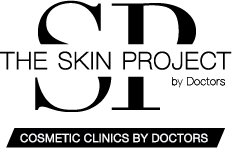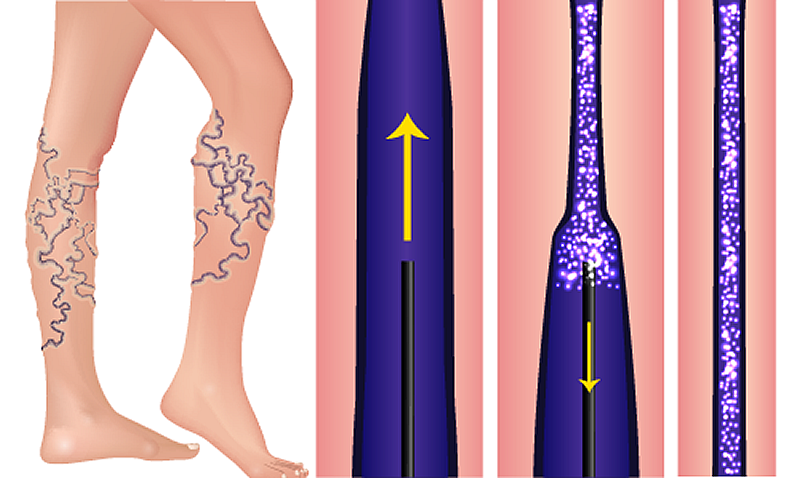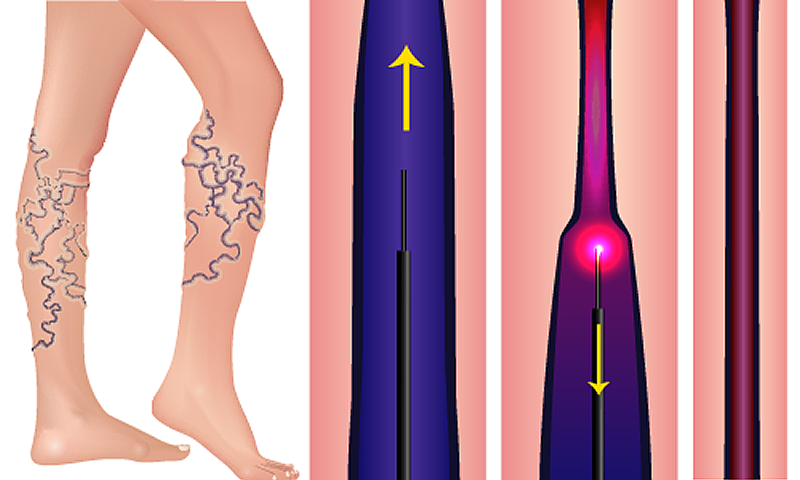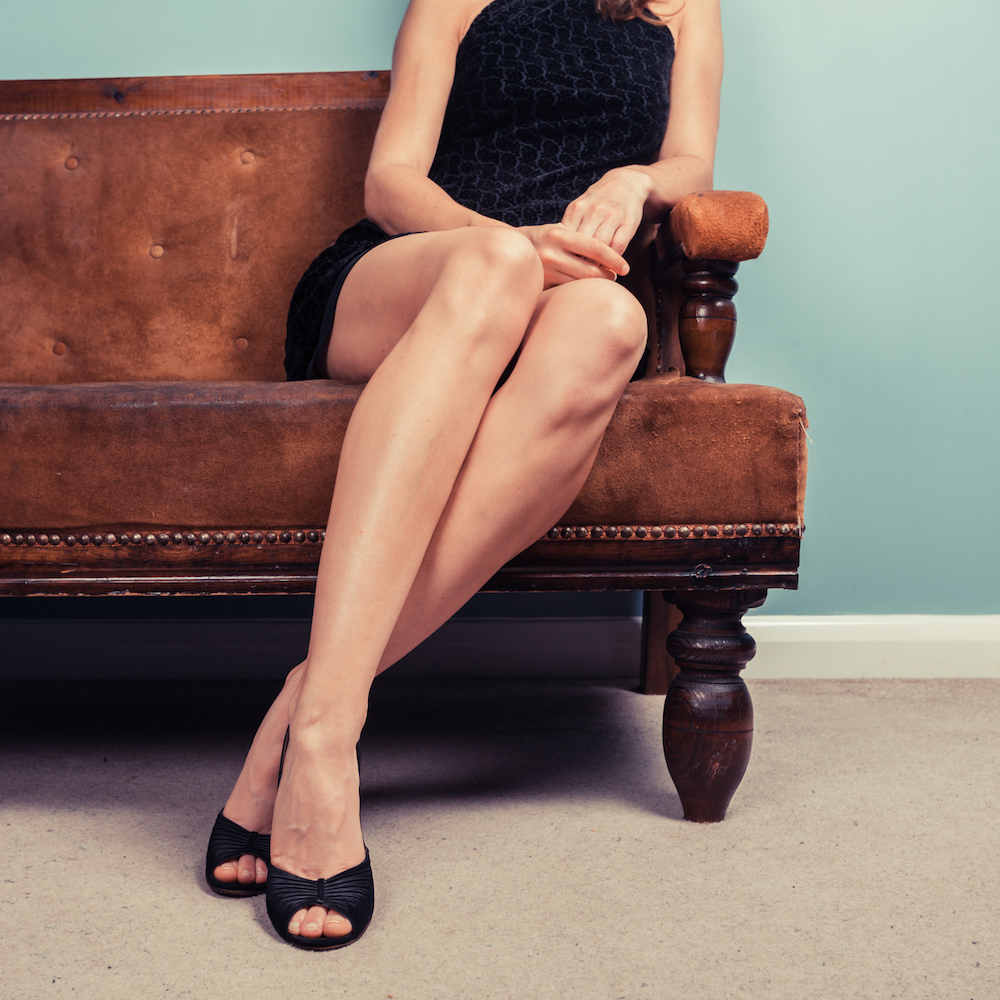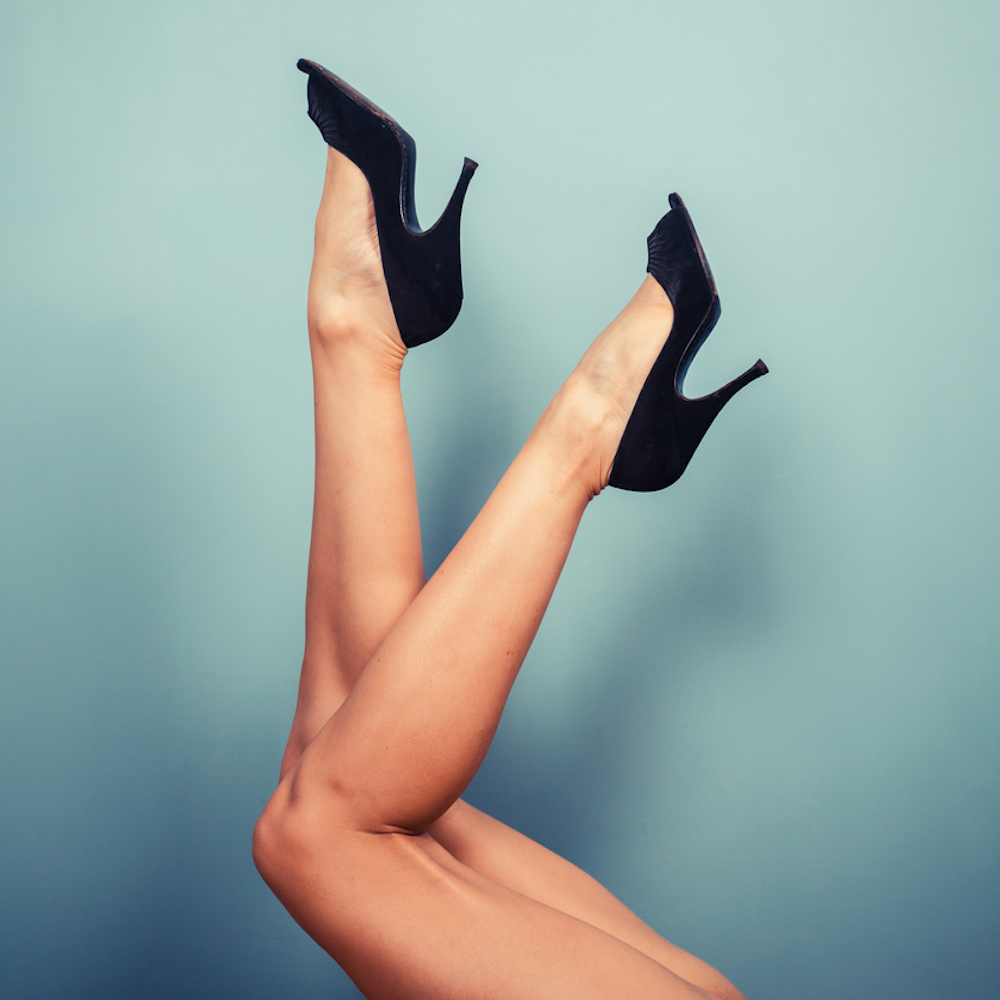Varicose veins and spider veins are not just unattractive to look at, leg veins can be quite painful and can cause other health problems.
What are varicose veins?
Varicose veins are the swollen and misshapen dark blue or purple leg veins that visibly bulge just under the skin’s surface. These enlarged and twisted veins look like twisted cords raised against the skin’s surface.
Varicose veins are usually found in your legs, particularly on thighs, the backs of the calves and thighs, on the feet and the pelvic area.
Varicose veins are a common leg vein condition caused by weakened or damaged vein valves that are unable to pump blood effectively back to the heart and place pressure our vein system. As blood backs up in the veins they swell up and become varicose, looking for a new way to push the pooling blood to the heart.
As well as being unattractive, varicose veins are painful. They can ache and throb and cause muscle cramping and feelings of heaviness in the legs. Varicose veins can also cause the legs to itch, plus create swelling and lead to other health problems such as blood clots or skin ulcers.
What are spider veins?
Spider veins are a common, mild variation of varicose veins. They are not harmful.
Spider veins, also known as reticular veins or telangiectasia, are smaller and more delicate veins that are visible on the surface of the skin. These veins form in clusters in a web-like or tree branch pattern just under the skin’s surface, and are red or blue.
Spider veins are often found on the back of the leg, usually around the knee, and can also form on the face.
